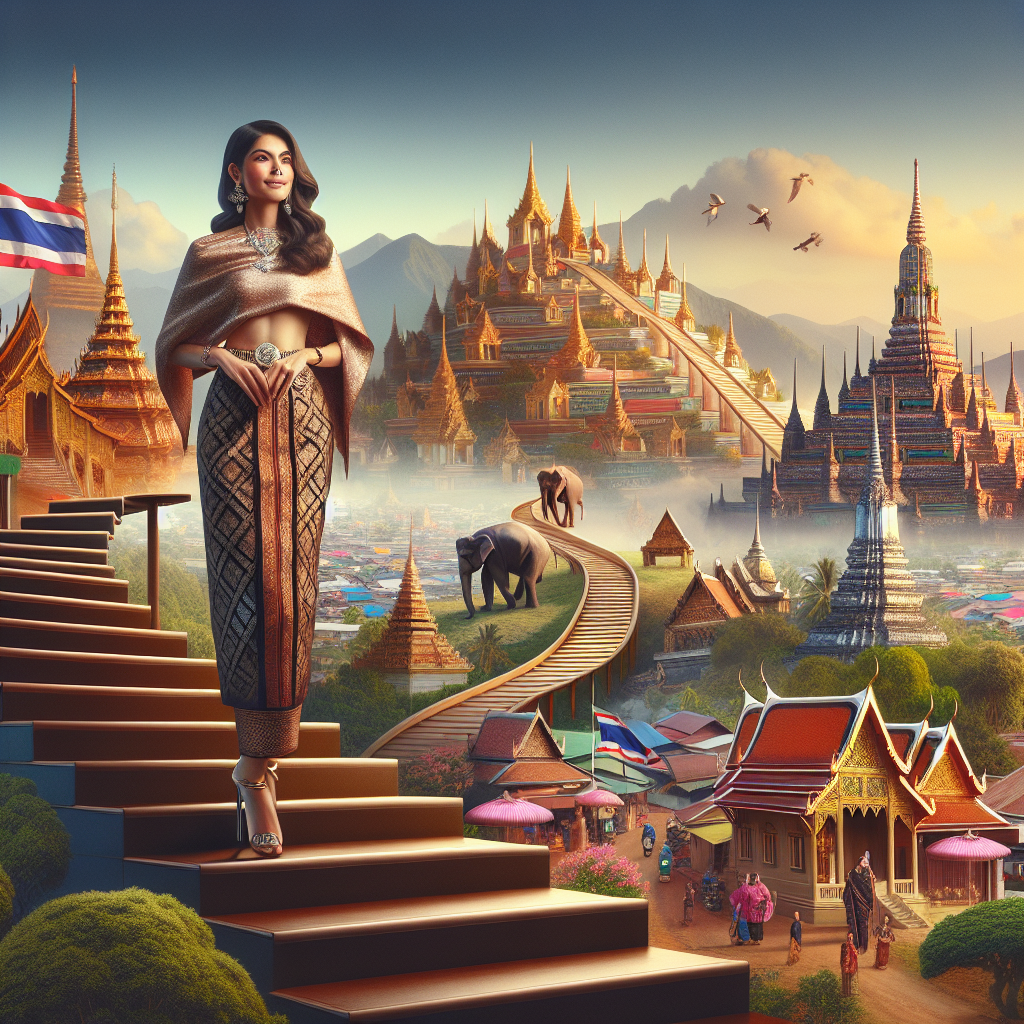The Journey of Acceptance: Society’s Changing Perception of Ladyboys in Thailand
In the vibrant tapestry of Thai culture, where tradition and modernity intertwine, one group has historically captured attention and sparked discussion: the "kathoey," commonly known as ladyboys. Defined by their unique gender identity that often blends femininity with male biological traits, ladyboys have occupied a unique, albeit contentious, place in Thai society. Over decades, the perception of ladyboys has evolved, influenced by cultural, social, and economic factors. Understanding the journey of acceptance for ladyboys in Thailand provides invaluable insight into broader themes of gender identity, cultural acceptance, and the continuous quest for equality.
Historical Context
To fully appreciate the changing perceptions surrounding ladyboys, it’s essential to examine the historical context. Thailand boasts a rich cultural heritage that is intrinsically linked to its understanding of gender and sexuality. There is a long-standing tradition within Thai culture that allows for a degree of fluidity in gender identity, reflected in the presence of third-gender roles throughout Thai history. Influential Buddhist beliefs, which emphasize compassion and acceptance, have contributed to a degree of societal tolerance for differences in gender expression.
Historically, ladyboys were often seen in performative roles and entertainment, most notably in traditional cabaret shows. These performances showcased their beauty, grace, and talent, garnering admiration from both locals and tourists alike. However, while many found joy in these performances, the underlying social stigma was still present. The perception of ladyboys fluctuated, ranging from acceptance in select domains to marginalization in others.
The Push for Visibility and Rights
As Thailand transitioned into the modern era, particularly from the late 20th century into the 21st century, various social movements began to emerge, pushing for greater rights and recognition for the LGBTQ+ community, which includes ladyboys. Activists played an instrumental role in advocating for visibility and acceptance. Pride parades, advocacy campaigns, and increased representation in media helped to humanize and diversify the perception of ladyboys in the eyes of society.
The growing influence of social media has also played a critical role in reshaping perceptions, allowing ladyboys to share their stories and experiences in a more profound way. Through platforms such as Instagram and TikTok, they have cultivated a following that transcends geographical boundaries, enforcing their narratives and challenging the stigma attached to their identities.
Economic Contributions and Acceptance
An often-overlooked aspect of the ladyboy experience is their significant economic contribution to Thai society. Ladyboys have carved out a niche in various sectors, including entertainment, beauty, tourism, and fashion. The prominence of ladyboys in Thailand’s vibrant nightlife, particularly in areas like Bangkok and Pattaya, has not only fueled the economy but also elevated their social standing.
Ladyboys have become cultural ambassadors of sorts, attracting tourists from around the world who are curious to experience the tease and allure of cabaret shows like "Calypso" and "Mambo." This visibility has helped foster a greater level of acceptance, as people begin to appreciate the contributions of ladyboys to the local culture and economy. People often see ladyboys as entertainers who provide joy and a sense of wonder rather than merely as objects of misconception.
Challenges and Societal Perceptions
Despite progress, significant challenges remain for ladyboys in Thailand. While societal acceptance has grown, deep-rooted gender norms and prejudice persist. Many ladyboys face discrimination when it comes to employment, healthcare, and legal recognition. Transgender people in Thailand often lack access to quality healthcare tailored to their needs, which leads to health disparities within the community.
Moreover, for many ladyboys, societal acceptance is often contingent upon their adherence to normative standards of femininity. Those who do not conform to these expectations, or who may wish to express their gender identity in alternative ways, may face more significant challenges and backlash. This conditional acceptance points to the complexities of societal perceptions and the ongoing need for education and advocacy.
The Role of Media Representation
In recent years, media representation has played a pivotal role in shaping societal perceptions. The portrayal of ladyboys in Thai films, television series, and advertisements has increased, highlighting their roles as complex characters rather than mere stereotypes. Shows like “The Real Thai Ladyboys” and documentaries that follow the lives of ladyboys provide audiences with a more nuanced understanding of their experiences, aspirations, and challenges.
While some portrayals remain exploitative or reductive, the overall trend towards inclusive representation provides a pathway for societal acceptance. Acts of bravery and resilience from ladyboys who share their journeys through film and art humanize their experiences, fostering empathy and understanding among viewers. Thai filmmakers and actors are increasingly pushing for authentic stories that challenge norms and highlight the rich diversity within the community.
Moving Forward: A Society in Transition
The journey towards acceptance for ladyboys in Thailand is ongoing, with significant strides made in recent years. Society’s changing perception reflects not only an evolving understanding of gender but also the growing recognition of the rights and contributions of all individuals, regardless of gender identity.
Government efforts to promote gender equality and the rights of marginalized communities also play a crucial role. As Thailand continues to develop its legal framework to protect human rights, the hope is that policies will include explicit protections for transgender individuals, including ladyboys. Activists and allies are pushing for initiatives that ensure equitable access to employment, healthcare, and legal recognition.
Conclusion
In conclusion, the journey of acceptance for ladyboys in Thailand is a multifaceted narrative that intertwines cultural history, social dynamics, and individual resilience. While there are still numerous obstacles to overcome, progress is evident. Thailand stands at a crossroads, where traditional views are challenged by modern ideas of identity and acceptance. As society continues to evolve, the hope is that ladyboys will not only be accepted but celebrated for their unique contributions to the rich cultural fabric of Thailand. Through ongoing advocacy, education, and representation, the path toward genuine acceptance and equality for all gender identities in Thailand appears ever more attainable.
https://open.ai/6f44dda0ddef3087eda77d9384c7f9d5
